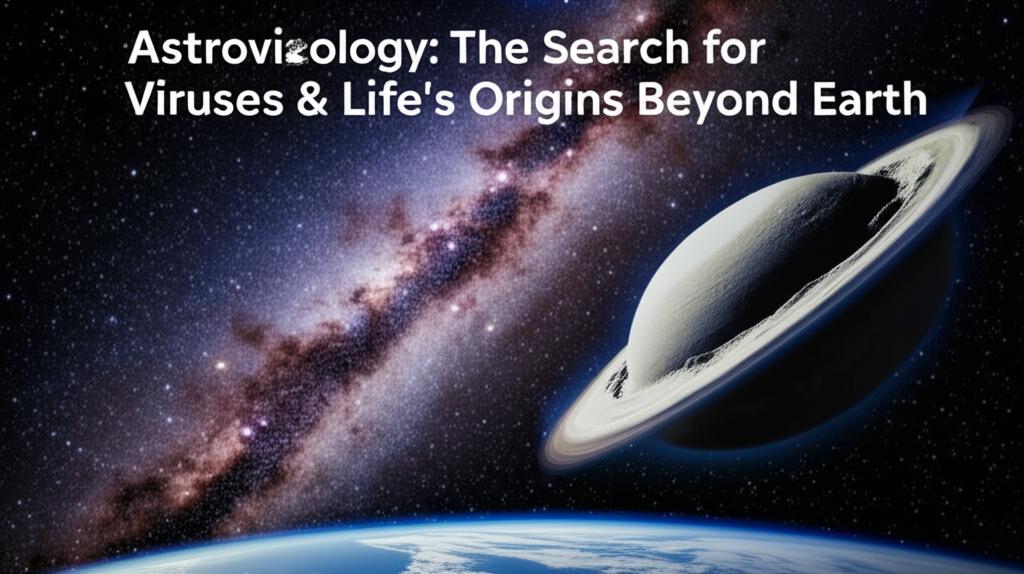The quest to understand our place in the cosmos has a fascinating and relatively new dimension: astrovirology. This emerging field throws a cosmic curveball, suggesting that the tiny, often-maligned virus might hold monumental clues to life's origins on Earth and its potential existence far beyond our world. While the search for extraterrestrial life has often centered on microbes, astrovirology proposes that we should also be keenly looking for viruses or virus-like entities.
Why viruses, you ask? These microscopic entities are the most abundant biological particles on our planet, outnumbering all other cellular life forms combined by an estimated 10 to 100 times. They are incredibly diverse and have been found in every environment imaginable, from the deepest oceans to the driest deserts, and even thriving in radioactive settings. This resilience hints at their potential to survive in the harsh conditions of space or on other celestial bodies.
More profoundly, viruses are deeply intertwined with the story of life itself. Many scientists theorize that viruses, or their ancient precursors, played a pivotal role in the very genesis of life on Earth. They are masters of genetic innovation, constantly interacting with their hosts and driving evolutionary change. Viruses are known to transfer genes between different species, a process called horizontal gene transfer, which can lead to significant evolutionary leaps. Some researchers even hypothesize that viruses may have been responsible for the evolution of DNA and the complex cellular structures we see today. Imagine, for a moment, that these ancient architects of life could have hitched a ride on meteorites or comets, seeding other worlds with the potential for life – a concept known as panspermia.
The implications are staggering. If viruses are a fundamental component of life's emergence and evolution, then searching for them on other planets and moons becomes a crucial endeavor. Missions sampling the water plumes of icy moons like Jupiter's Europa or Saturn's Enceladus could potentially detect viral biosignatures. Even ancient deposits on Mars might hold clues.
However, the hunt for extraterrestrial viruses is not without its challenges. Detecting these submicroscopic entities requires sophisticated technology and the development of new methods to identify unique viral biosignatures – signs of past or present viral life. Scientists are actively working on refining these techniques, including looking at the 3D atomic structures of viruses, which could help identify them even if they lack familiar genetic material like DNA or RNA.
Astrovirology also compels us to consider the broader definition of life itself. If we find entities on other worlds that replicate and evolve like viruses but don't fit our traditional definitions of "living," how will that reshape our understanding? This field encourages us to think beyond Earth-centric biochemistry and consider the vast possibilities that the universe might hold.
The coming years promise exciting developments. Increased environmental surveys of extreme environments on Earth, serving as analogs for other planetary bodies, will continue to inform our search. Experimental work on viral persistence in space-like conditions and the development of advanced detection technologies are also key priorities. As we delve deeper into the virosphere of our own planet and extend our gaze outward, astrovirology stands poised to offer profound insights into one of humanity's oldest questions: Are we alone in the universe, and how did life begin? The answers might just be found in the smallest of packages.

